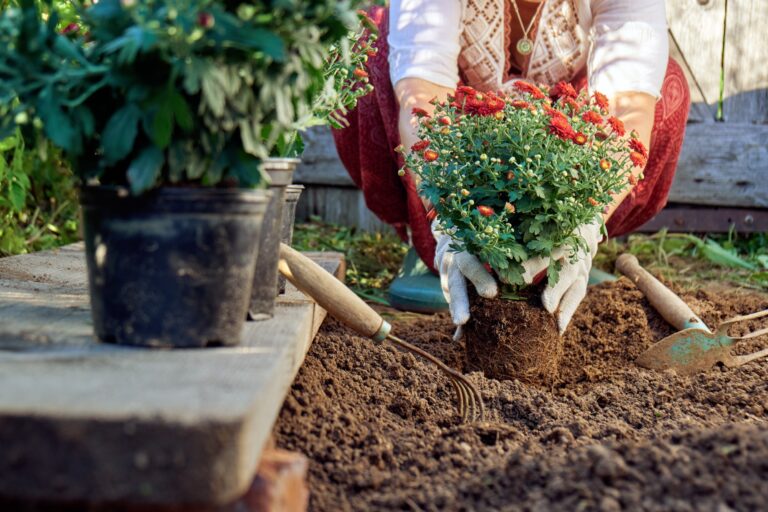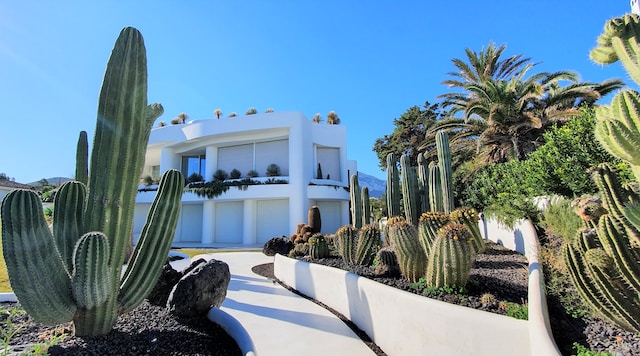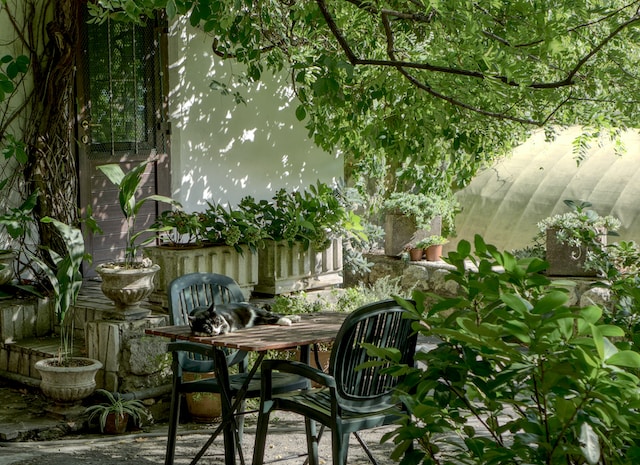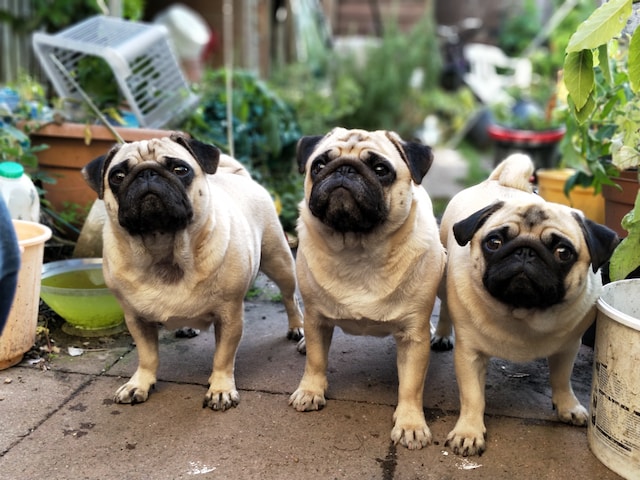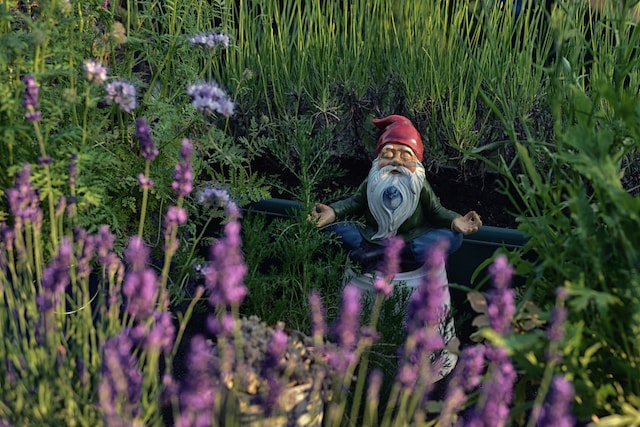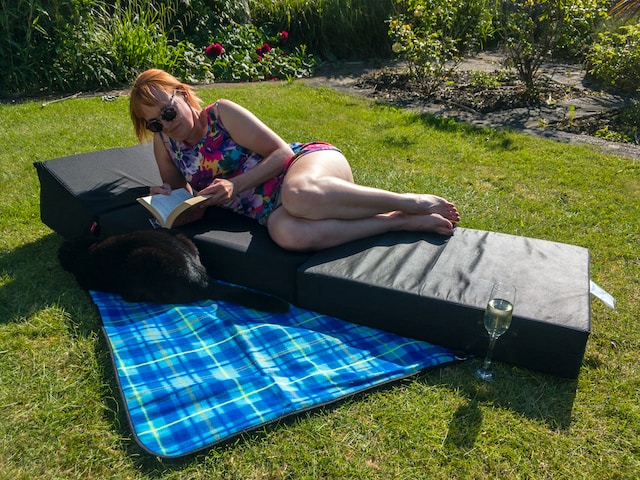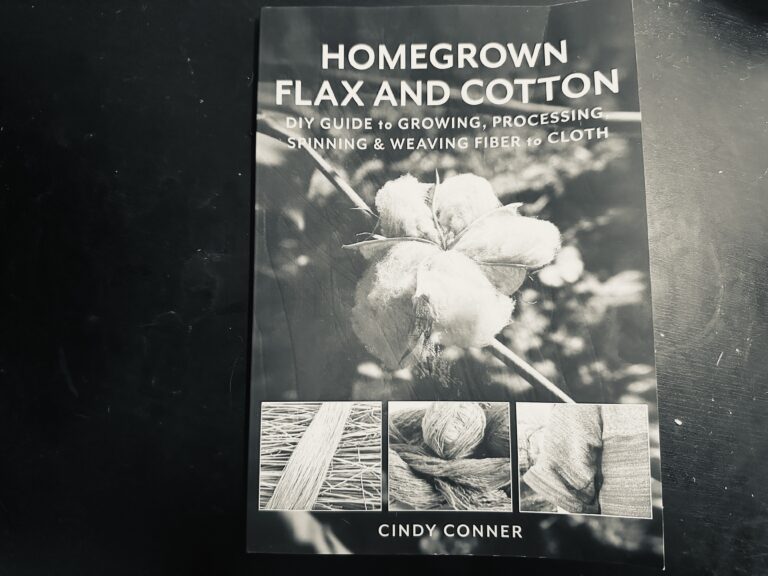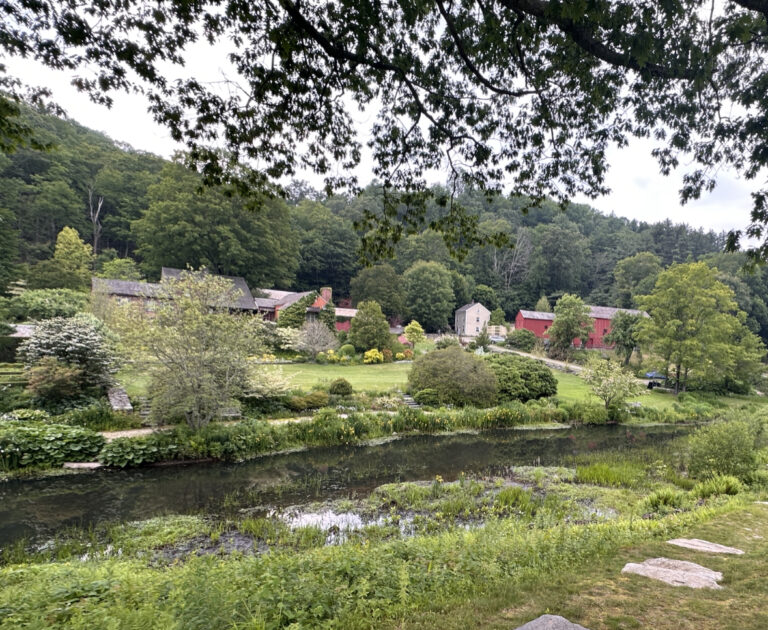Gardening for seniors has become more than just a hobby—it’s a way to stay active, healthy, and fulfilled in their golden years. As retirees look for ways to relax, connect with nature, and even grow their own food, gardening for seniors is taking off in popularity. Here are twelve reasons why retirees are falling in…
garden musings
Garden Designs I Want to Learn More About
I enjoy exploring different approaches to garden design. There are so many styles that evoke so many different feelings when you’re amidst them. Although I know a little bit about a few styles, there are many others I hope to learn more about in the weeks, months, and years to come. 3 Garden Designs I’ve…
Sometimes It’s Nice to Visit Someone Else’s Garden
This past week, my partner and I stayed at an Airbnb with a beautiful backyard garden. We chose it because it was dog friendly and our dogs were the entire reason that we were going there. But, of course, the garden itself was a nice added bonus. And I realized while I was there that…
Could My Dogs Save Me Money in The Garden?
I’m casually looking to move into a new place where I would have more of a yard. This means that I would have more space for plant life. It also means that my dogs would have a place to romp around. However, those two things would be shared. For the most part, I assume that…
10 Steps to Learning to Garden Meditate
Gardening was never my forte. Honestly, I proudly wore the label of a “brown thumb” for most of my life. I’d often cringe at the thought of tending to plants, certain I’d unintentionally send them to an early demise. Little did I know that my journey from reluctant gardener to someone who finds solace in…
The Gardener’s Brain
As you stand amidst the lush, vibrant foliage of a garden, your busy mind settles into the soothing rhythm of the natural world. The rumination stops. You notice the gentle rustling of leaves, the cheerful chorus of birdsong, and the earthy aroma of freshly turned soil. It’s in these still moments that you realize there’s…
Substack Gardening: Must-Read Newsletters If You Love Nature
I recently shared with you how much I was loving Lia’s Living Almanac. It’s a Substack newsletter related to plants and gardening. However, it’s not the only one that I subscribe to. Substack has many different gardening and nature newsletters that you might want to check out. Therefore, I wanted to share some more of…
Book Review: Homegrown Flax and Cotton
Every once in a while, I get to marry multiple interests. For example, I have long loved crochet and believe in the slow yarn movement. Every now and then, I can combine that with gardening. I shared a bit of that with you when I did a book review of A Garden to Dye For….
A Visit to Hollister House Garden
I’m never going to have an English garden. It just feels a little bit too perfect for my brown thumb, even though it has some informality to it. Either way, though, they are beautiful gardens, and it’s a delight to get a chance to visit one. I had just that chance recently on a family…
5 Reasons I Enjoy Lia’s Living Almanac
I have recently become a huge fan of Substack newsletters. People write mostly longform content about the thing they are most passionate about. It’s a great place to find smart writing about a range of different topics. This includes gardening. In terms of gardening and nature, the newsletter I’m loving most so far is Lia’s…
